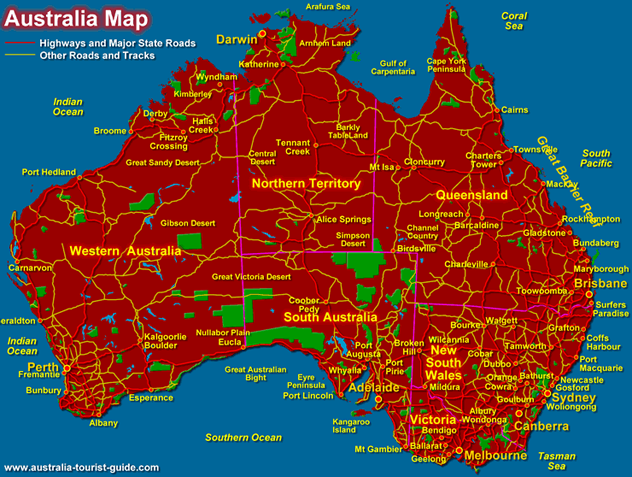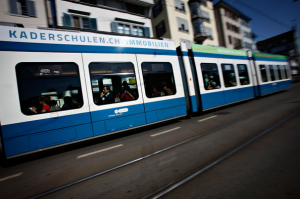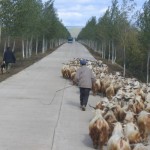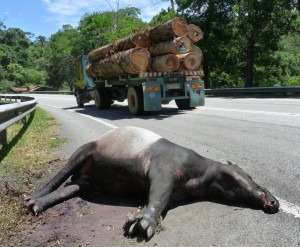Tourism Western Australia site suggests that road infrastructure is crucial to the spread of tourism beyond major gateways. According to a study done by Tourism Research Australia, driving holidays make up 77-93 percent of domestic overnight trips taken in Australia. Below is a tourism map that indicates the highways, major state roads, and other roads and tracks in Australia.

Highways, major state roads, and other roads and tracks. Photo credit: http://www.altiusdirectory.com/Travel/australia-tourism-map.html
While many main roads already exist, Tourism Western Australia suggests an investment into road construction and improvements. Increased infrastructure has the potential to increase tourism; however, are consequences such as environmental impacts being taken into consideration?



